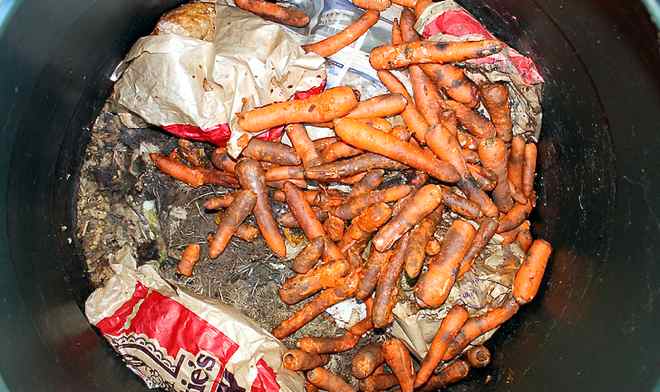The Kroger Company, the United States’ largest supermarket chain, formally announced the installation of a new food waste conversion system for one of their main distribution centers in Compton, California. This new system utilizes food waste that cannot be donated or distributed by breaking it down through anaerobic digestion to produce biogas that fuels the plant. Anaerobic digestion is the naturally occurring decomposition process that releases carbon dioxide in an oxygen free environment that is transformed into methane for energy.
The Kroger Recovery System, the new waste convertor, is one of the largest of its kind having the capability to process 150 tons of food waste each day for the 650,000 square foot building. Rodney McMullen, President and COO of The Kroger company said, “we are committed to finding solutions for food waste and clean energy, and we believe this is a meaningful step forward.” The Kroger Recovery System will decrease the plant’s carbon emissions by 90,000 tons each year.
Along with food waste conversion, Kroger has created other sustainability initiatives company-wide. By 2011, Kroger managed to decrease its overall store energy consumption by 31 percent, with more goals to further reduce Kroger’s carbon footprint.
According to the U.S. Environmental Protection Agency (EPA), approximately 34 million tons of food is wasted in the U.S. each year. Kroger’s new model of renewable energy could provide a successful example for other companies in reducing waste across the United States. California has already made significant strides to divert organic material from landfills for energy conversion. CalRecycle, the Government of California’s recycling division, has invested in research to assess the environmental effects of anaerobic digestion facilities in order to advocate for public policy and generate awareness about food waste.













